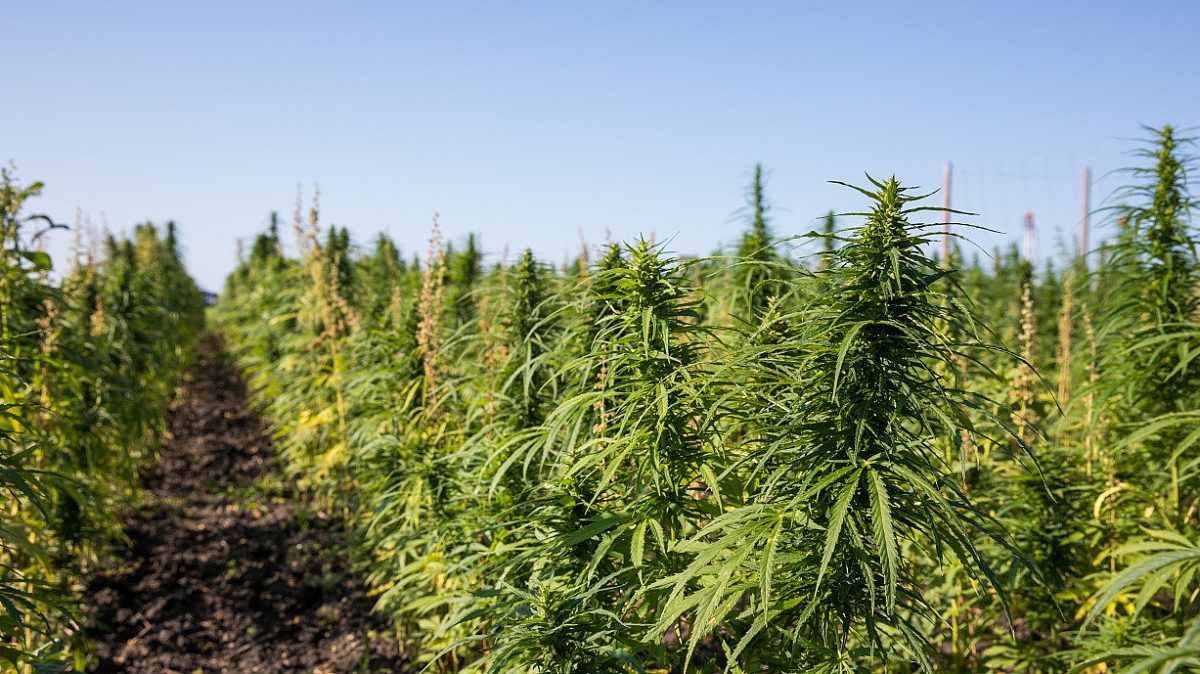What to Watch for in 2020
TOPICS
TradeGuest Author
Special Contributor to FB.org

photo credit: AFBF Photo, Philip Gerlach
Guest Author
Special Contributor to FB.org
By Cole Staudt @ColeStaudt64
The start of a new decade holds a lot of promise for American farmers and ranchers. Much-anticipated progress in hemp regulation, sustainability, technology and a presidential election will be key items to watch for this year. While 2019 was challenging overall for agriculture, the last few weeks of the year featured promising developments likely to carry over into the new year.
Over the past few years, significant disruptions in key export markets have hit farmers and ranchers hard. Recently completed trade agreements with some of our largest agriculture export markets—Canada, Mexico, Japan and China—should help provide some certainty. Market Facilitation Program payments have been a lifeline for many farmers who have been impacted by ongoing trade disputes and we should expect a third round of payments in 2020.
As the discussion around how best to care for our environment rages on in DC and among 2020 presidential candidates, farmers and ranchers are taking more steps to improve soil health, reduce runoff and conserve energy.
There are still significant hurdles to growing, transporting and processing hemp as farmers navigate complex, and sometimes unclear, state and federal regulations. For the 2020 growing season, farmers have the certainty of the Interim Final Rule from the Agriculture Department, which provides the clarity needed to grow, harvest and test their hemp crop. Last year, USDA extended Whole Farm Revenue Protection coverage to hemp growers for the 2020 crop and announced a pilot insurance program that will provide coverage for some farmers.
Hemp growers are looking for significant progress in gaining easier access to financing and transportation for their crops. New rules for those issues and THC content testing are needed to help this industry grow nationwide.
As the discussion around how best to care for our environment rages on in Washington and among 2020 presidential candidates, farmers and ranchers are taking more steps to improve soil health, reduce runoff and conserve energy. Farms and ranches are passed down from generation to generation and as caretakers of the land, farmers want to employ cost-effective solutions to ensure soil remains productive. In 2017, acres using conventional tillage were down 24%, while acres using conservation tillage and no-till were up 28% and 8%, respectively, a trend we can expect to continue in 2020.
Increased use of buffer strips, cover crops and nutrient management plans are becoming more common as precision agriculture technology is developed and deployed. This technology will allow farmers and ranchers to precisely identify where to apply fertilizers and necessary pesticides and to develop strategies to protect against soil erosion and runoff.
The implementation of precision agriculture technology will continue in 2020 as broadband access is brought to more communities. The 2018 farm bill created the Federal Communications Commission’s Task Force for Reviewing the Connectivity and Technology Needs of Precision Agriculture, which recently held its first meeting. The task force will work with USDA this year to develop policy recommendations to ensure reliable broadband on 95% of agricultural land by 2025.
This year is a presidential election year, which everyone in rural America will follow closely. Many of the swing states have significant rural populations that rely on agriculture and we have already seen most Democratic presidential candidates vying to be their party’s nominee roll out plans to invest in rural communities. Expect to see President Trump and the eventual Democratic nominee court voters in rural communities with plans on broadband, farm subsidies, small businesses and health care.
While all these issues are important to farmers and ranchers, likely the most important factor for agriculture this year is one we can’t predict: the weather.
Cole Staudt is media relations specialist at the American Farm Bureau Federation.
Trending Topics
VIEW ALL